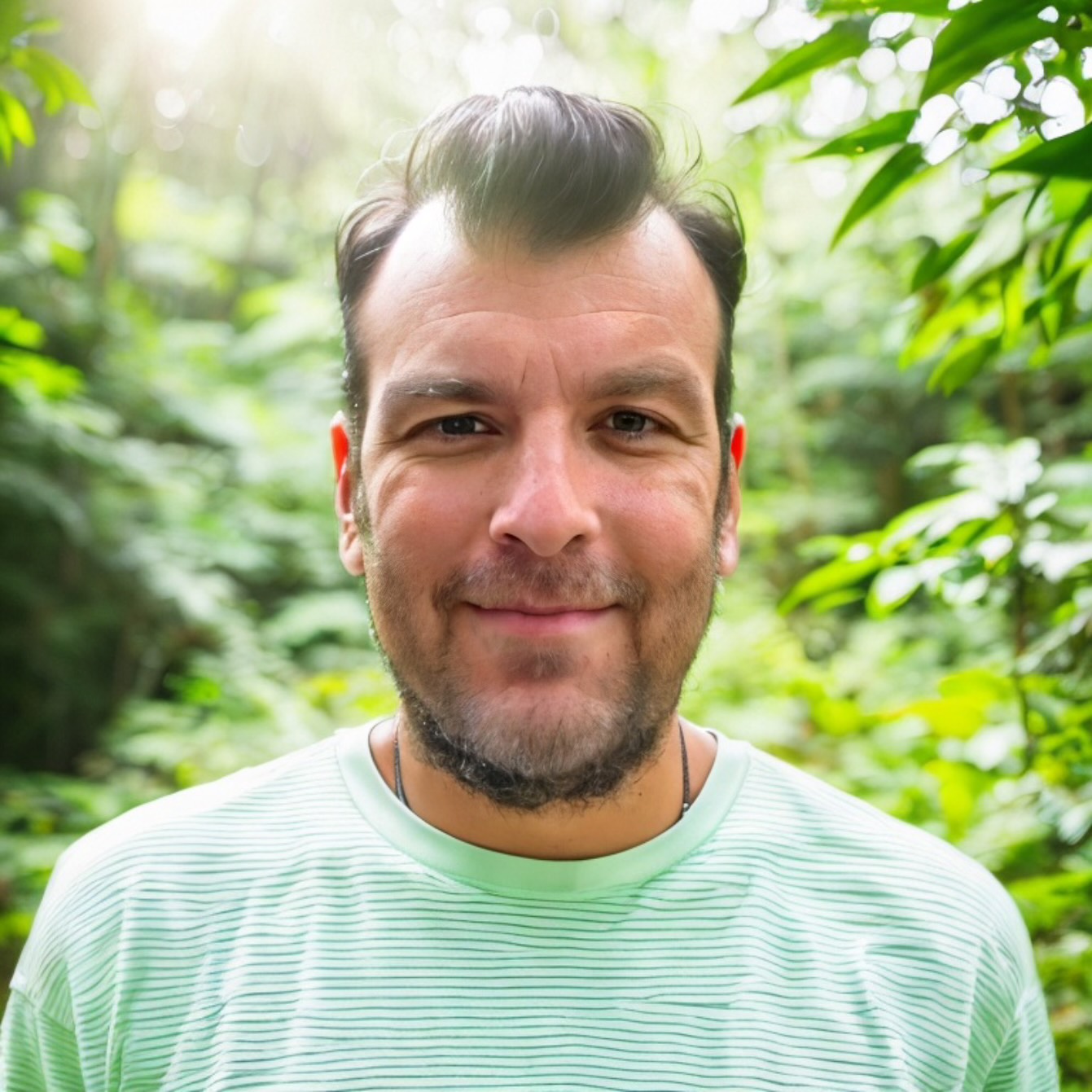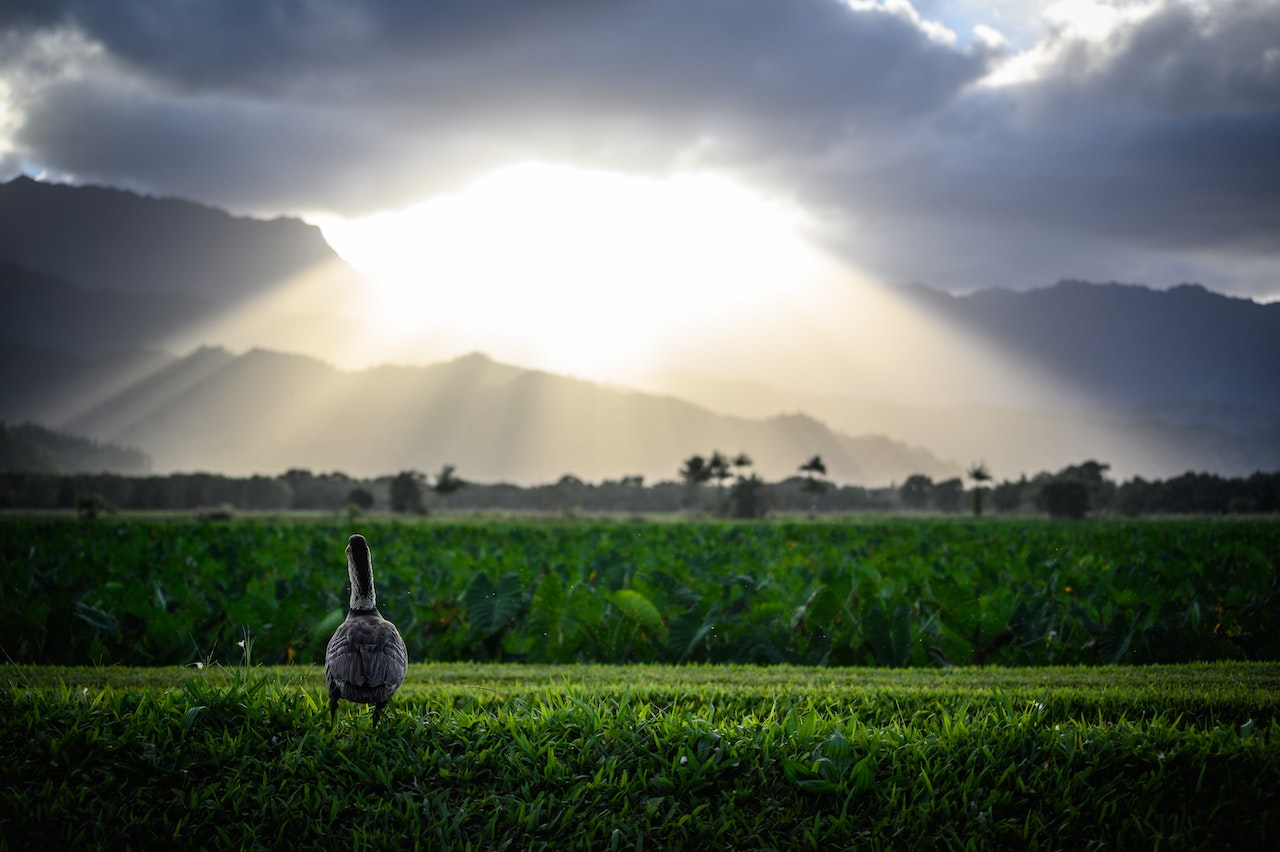In the lush forests of Kauai, a battle is underway to save critically endangered forest birds from the brink of extinction. The culprits? Mosquito-borne avian malaria and the changing climate. Warmer climates have allowed invasive mosquitoes to thrive at higher elevations. Native forest birds like the ʻakikiki and ʻakekeʻe are facing increased risks of disease. The ʻakikiki, a type of honeycreeper, is particularly at risk, with experts warning it could vanish from the wild this year. It is all hands on deck to save the Kauai forest birds.
However, there’s hope on the horizon. Conservationists are eagerly awaiting the final approval of a proposed mosquito birth control method. This is known as the Incompatible Insect Technique (IIT). In the meantime, they’re not sitting idle. Traditional methods are being ramped up to provide these birds with a fighting chance.
Hawaiian Honeycreeper Day: A Day of Action
August 8th, designated as Hawaiian Honeycreeper Day, saw the Kauai Forest Birds Recovery Project (KFBRP) team take to the skies. Their mission? To expand the use of two naturally-occurring bacteria, Bacillus thuringiensis (commercially known as “Dunk”) and Bacillus sphaericus. These bacteria is harmless to humans but lethal to mosquito larvae. It is a key tool in preventing the larvae from hatching in Kauaʻi’s uplands.
Traditionally, these bacteria were applied by hand, requiring conservationists to traverse the challenging terrains of the Alakaʻi wilderness. Now, with the addition of an aerial approach, the team can cover a larger area, increasing the chances of saving more birds.
Dr. Cali Crampton of KFBRP highlighted the importance of these efforts, stating that the increased use of Bacillus could act as a temporary solution for the ʻakeke’e, allowing the species to survive long enough to benefit from the proposed mosquito birth control tool. Interestingly, both the Bacillus and the IIT birth control methods utilize bacteria to suppress mosquitoes, but they target different stages of the mosquito life cycle.
A Win for Birds and Humans Alike
While the primary focus is on saving the birds, humans stand to benefit as well. Increased efforts to suppress mosquitoes in Kauaʻi’s mauka regions, combined with other integrated pest management strategies, could make popular hiking and camping areas in Kōkeʻe and the Alakaʻi mosquito-free once more.
The fight to save Kaua’i’s forest birds is a testament to the resilience of conservationists and the importance of biodiversity. As the world grapples with the effects of climate change, it’s heartening to see dedicated teams working tirelessly to protect and preserve our planet’s precious wildlife.
For more information, you can refer to the Frequently Asked Questions provided by the Department of Land and Natural Resources.

Scott Sweeney is the creator of Virtual Hawaii 360. Scott is a professional marketer and a lifelong Hawaii enthusiast. Scott splits time between Oahu and Dayton, Ohio. In addition to his marketing endevours, he is also a published Ukulele musician.





